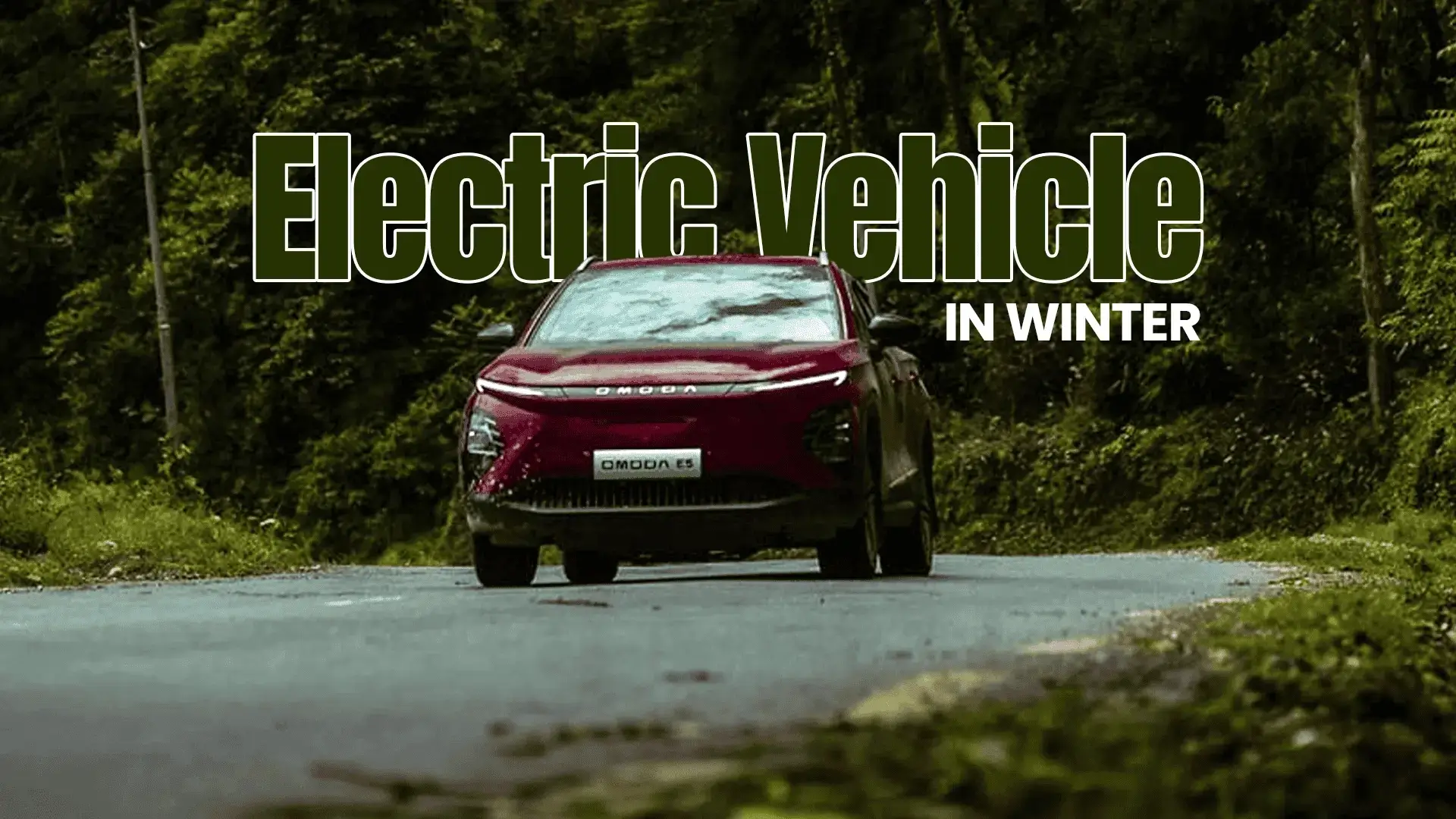Electric Vehicles in winter: Tips to increase your EV range in cold weather
October 24, 2024
Electric Vehicles in winter: Tips to increase your EV range in cold weather
October 24, 2024
Cold weather can significantly reduce the range of electric vehicles (EVs) due to the extra energy required for heating and maintaining battery performance. As temperatures drop, the vehicle’s cabin heating system and battery management consume more power, reducing the available energy for driving. Cold temperatures also affect the battery’s efficiency, slowing down the chemical reactions that generate electricity. This combination of factors can result in a noticeable decrease in range, with some estimates suggesting up to 40% in extreme cold.
To minimize this impact, pre-conditioning the vehicle while it's still charging and adopting efficient driving habits can help preserve battery life and range during colder months. Understanding how weather affects EV performance is crucial for planning longer trips in winter conditions.
Electric vehicles (EVs) lose range in cold weather primarily because of the differences in how electric motors and internal combustion engines (ICE) generate and use heat.
By pre-conditioning the car while charging and using energy-efficient heating strategies, drivers can mitigate these range losses in cold weather.
Here are some EV tips that you can easily follow to increase your EV range during winter:
Heating the entire cabin consumes significant battery power. Instead, using seat and steering wheel heating is more energy-efficient, as it directly warms the occupant. To conserve even more energy, only heat the seats that are in use, reducing the strain on your battery.
Preconditioning the vehicle by warming the cabin while still plugged into a charger, either through a wall box or mobile app, can help conserve battery energy for driving. Using external power for heating ensures that the battery charge is fully preserved for your trip, maximizing range in cold conditions.
Maintaining a consistent speed with cruise control helps reduce energy consumption by avoiding rapid acceleration or braking. Slowing down slightly can further extend your range, especially on long journeys.
Efficient route planning is essential to minimize battery drain. Avoid unnecessary detours and use navigation systems or apps to locate charging stations along the way, ensuring a smooth and energy-efficient drive.
Before embarking on long winter trips, it’s wise to charge your vehicle to 100%. Cold temperatures can lower battery efficiency, and being fully charged provides a buffer for unexpected delays or traffic, helping you avoid running out of power.
Eco mode in electric vehicles helps limit energy consumption by restricting the power output, even during acceleration. This allows you to drive further on a single charge and makes the vehicle more efficient. Additionally, eco mode reduces the charge of wheel slip in winter by slowing acceleration, improving safety on icy or snowy roads. It’s worth reviewing your vehicle’s manual to understand how to best utilize eco mode during colder months.
Cold weather can cause tire pressure to drop, increasing rolling resistance and reducing efficiency. Regularly check tire pressure and consider switching to winter tires for better traction, safety, and optimized range during colder months.
Here are some minimal winter maintenance tips for your EV:
In conclusion, cold weather presents unique challenges for electric vehicles, from reduced battery efficiency to increased energy demands for heating. By taking simple steps like using eco mode, maintaining tire pressure, and keeping the battery charged and warm, you can optimize your vehicle’s performance and range during winter. Thoughtful maintenance and driving habits will help you navigate the cold months more efficiently and safely.
